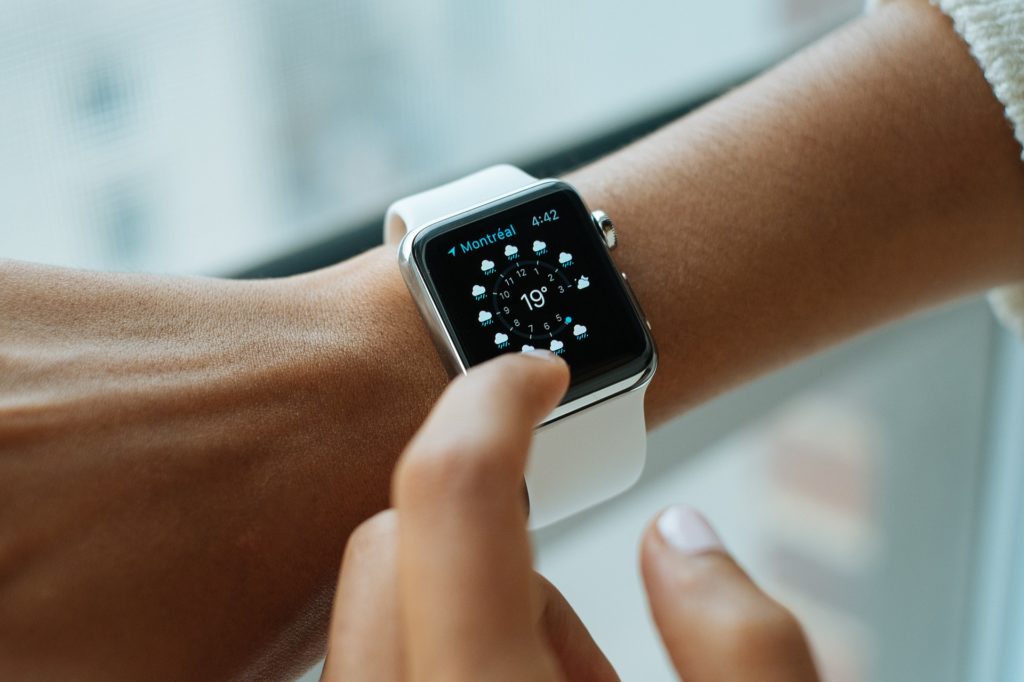We have all likely experienced buyer’s remorse. We went into a store or online and bought something just for the sake of buying something! We then get home and think about how we shouldn’t have done that. The money could have been used a better way, or perhaps we aren’t even that excited about what we bought in the first place.
This week was Amazon Prime Days. I add the “s” to it because there are two days, not just one! It has me thinking about buyer’s remorse. Some might be on the site buying things they don’t even need or really want for the sake of participating in this Amazon described “holiday.”
While it’s easy to get caught up in events like this, it’s important during Amazon Prime Day or any other day of the year to be a thoughtful consumer. Shopping wisely, for things you truly need (and some things we want) is ok, but living our life with constant buyers remorse isn’t my definition of living well.
So, here are things to think about when shopping for items – whether it be during Amazon Prime Day or any other day of the year:
Consider the Opportunity Costs
In the book Dollars and Sense by Dan Ariely, he points out that we consumers are very bad at thinking about opportunity costs. Ariely suggests that we as consumers limit our opportunity costs to comparing only two things: the cost of one thing versus one other thing. Instead we need to think about opportunity cost in a much bigger way.
So, for instance, I have $100 to spend to buy a new watch. My tendency as a consumer would be to compare other $100 price point watches and pick my favorite. I am only considering what the watch money would buy me, instead of the realm of possibilities.
Could I buy a $50 watch and be just as happy and use the other $50 to pay down debt, enjoy an experience like going to the movies or hitting golf balls at the local driving range? I could also forgo the watch altogether (because I actually am really bad about wearing watches – this is a true statement for me!) and pay down debt to the tune of $100.

While it can get exhausting to think of all of the opportunities we could use the money for, there is a simple question to ask. “Is this what I need or want most?” Ask this question of yourself to have a little clarity.
If you’re not sure what you need and want most, head over to our free goal setting guide. This guide was created by us to help you quickly figure out what it is you want to be, have, and do most.
Question the Value of the Item
Every item has a price tag, but that does not mean that the item is worth that much to you. Even if something is on sale, it doesn’t mean that the item is worth more to you. We live in a culture with constant sales on clothing, everyday goods, and more. Retailers have researched how to encourage you to buy, and they price and have sales accordingly.
Value in Terms of Dollar Per Use
Hear me out on this. If something is on sale, ask yourself “Would I have been willing to pay full price for this item?” If the answer is no, ask yourself if you are being drawn to purchase the item simply because it is on sale. If you aren’t willing to pay full price, perhaps the item isn’t that important to you.
Something I love to do is think about the value of something in terms of dollars per use. So, say I go shopping because a friend is looking for something specific. I’m there to support them, and also am browsing for myself while we’re out. I spot an item on sale for $18 that fits pretty well and is generally my style. I ask myself, “Would I wear this item 18 times?” This gives the item a $1 per wear value. If the answer is yes and I have considered the opportunity costs, then maybe I buy it. If the answer is a definite no, then that item’s value is not worth the cost to me.
I love the dollar per wear analysis, because I’ll spend more money on a pair of jeans or tennis shoes, because I know I will use them for a long time and get a lot of wear out of them. There are some stores, though, that mark stuff down drastically, but I know won’t even hold up through one wash. By having this framework I know when to walk away.
Value in Terms of Time
Another favorite of mine is thinking about things in proportion to the amount of time it would take to earn the money to pay for an item.
So, say you’re considering buying a new tv. Say a tv is $4,500, but your wages are about $50 an hour after tax. By doing some division, we would get to that it takes 90 hours of work, more than two weeks to pay for the tv.
By giving the cost perspective, it makes it more clear if it is worth spending the money that particular way.
Avoid Buyer’s Remorse By Simply Waiting
We just got back from a trip. One of the days we walked around the square in Jackson, Wyoming. It’s a beautiful square with tons of shops. It was fun to window shop and buy a t-shirt souvenir. One of the shops was a beautiful western outfitter. They had hats and button down tops, and the place just felt cozy.
While we were in there I started trying on some of the hats. One fit like a glove and I loved it. But I wasn’t sure if I would really use it, or if I was just drawn to it because of the place we were in. I decided to walk away from the hat, because I thought I would have buyer’s remorse. After spending a few days in the area, I was still thinking about the hat. It fit right, I loved the color. I was putting outfits together in my head, and thinking about my opportunities to wear it.
Everywhere we went, if there were souvenirs there was nothing that stood out to me over the hat. On our last day in the area I headed back to the shop to buy it. It’s a winter hat, so I haven’t worn it, but I’m looking forward to it. It felt like a little bit of splurge, but I have no buyers remorse, because I really gave myself the time and space to decide if it was what I wanted most.
If you are in a position where it feels like it’s now or never, walk away. In our society, if something is there today, it will be there tomorrow.
Don’t Concern Yourself with What Others are Doing
It’s easy to get caught up in what everyone else is doing. With the Amazon Prime Days, it felt like every article I saw, social media post, etc., was about the deals that could be purchased. Even Forbes put out an article on 9 don’t miss items! It’s easy to get caught up in that, and start browsing and reading the articles, and then things start getting placed in the cart. Before you know it you have a number of things headed your way. Then buyer’s remorse sets in.
Another example is that I enjoy reviewing Consumer Reports; however, after reading it I catch myself thinking we need some new appliance that they’ve just reviewed. Then when I think about it I realize we would likely use it half a dozen times and then it would collect dust on a shelf.
By having your goals top of mind, you choose what you want to spend your money on. Just because a neighbor did something doesn’t mean you have to, too. It’s easy to get caught up in the frenzy of things, but taking a step back and looking to find contentment with things you have can help.
Shop Around
Sometimes we need something or we’ve saved and are ready to make a purchase, but it’s easy to get buyers remorse when we go somewhere else and see something similar for a much lower price. Taking time to shop around is a great way to be a savvy consumer.
Most things are not sold at just one retailer any more. Likely the same item can be found on multiple sites. Any more a key of mine before buying anything is to shop around and look for similar items or the same item at a lower price.
Last year we were remodeling a bathroom in our home. I found a vanity that I really liked because it was a floating vanity. That would allow our daughter to store her step stool underneath the vanity. It was on a site and I started doing internet searches and I found the same vanity on another site for ⅓ less the cost. Vanities are expensive, so that ⅓ savings was well worth the extra 30 minutes I spent doing my diligence.
By shopping around, I know I spent as little for the item I really wanted, and I’m proud of what I purchased instead of having buyer’s remorse.
Think About Your Value System
The last thing to think about to avoid buyers remorse is if the item fits your value system. When buying something, ask yourself if the item fits your value system. I recently shared that we were potentially moving (we’re not!), but we were looking at houses in an area we weren’t familiar with. We decided that we wanted to buy in an area based on school districts, which meant the homes would have been more expensive than the one we currently live in.
While we weren’t thrilled with spending more on a house when we are happy where we are, we could justify the difference because our value is good education for our kids. You value system can give you perspective. If we couldn’t say paying more on a home was within our value system for some reason, it would have helped us move along to something else.
Free Resource – Becoming a Millionaire Next Door
If you found this article on avoiding buyer’s remorse helpful, MPower co also has a free resource that you’ll love! It’s all about how to become a millionaire next door. Becoming a Millionaire Next Door takes focus and time and using money wisely, like you are now set up to do with the tips above on being a savvy consumer! Click on this link to get your free download to be more financially savvy.

